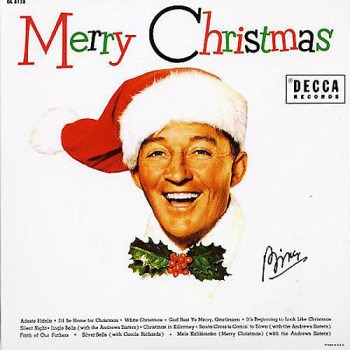
Performed for the first time by Bing Crosby on a Christmas Eve radio program in 1941 (just 17 days after the attack on Pearl Harbor) and released the following year on an album of songs from the film Holiday Inn, “White Christmas” was played repeatedly on Armed Forces Radio during World War II. It resonated with thousands of homesick American service members in snowless South Pacific climates. In just 54 words, Irving Berlin captured what it feels like to be far from home during the holidays. The song has no bridge; instead, Berlin travels up the scale during each verse and then immediately repeats it to enhance the feeling of longing. Glistening treetops evoke images of home, while the mention of Christmas cards reminds us of the ones we love.
“White Christmas” earned Berlin a 1943 Academy Award and went on to become the best-selling single of all time, according to Guinness World Records. It has been called Tin Pan Alley’s swan song; one of the last true hits produced before rock ‘n’ roll took over the airwaves. These days, it’s one of the most beloved parts of the secularized American Christmas tradition — right up there with Rudolph and A Christmas Carol.
(Browse the All-TIME 100 Songs and more than 100 other pop culture lists on TIME’s Populist iPad app)
[youtube=http://www.youtube.com/watch?v=GJSUT8Inl14]

